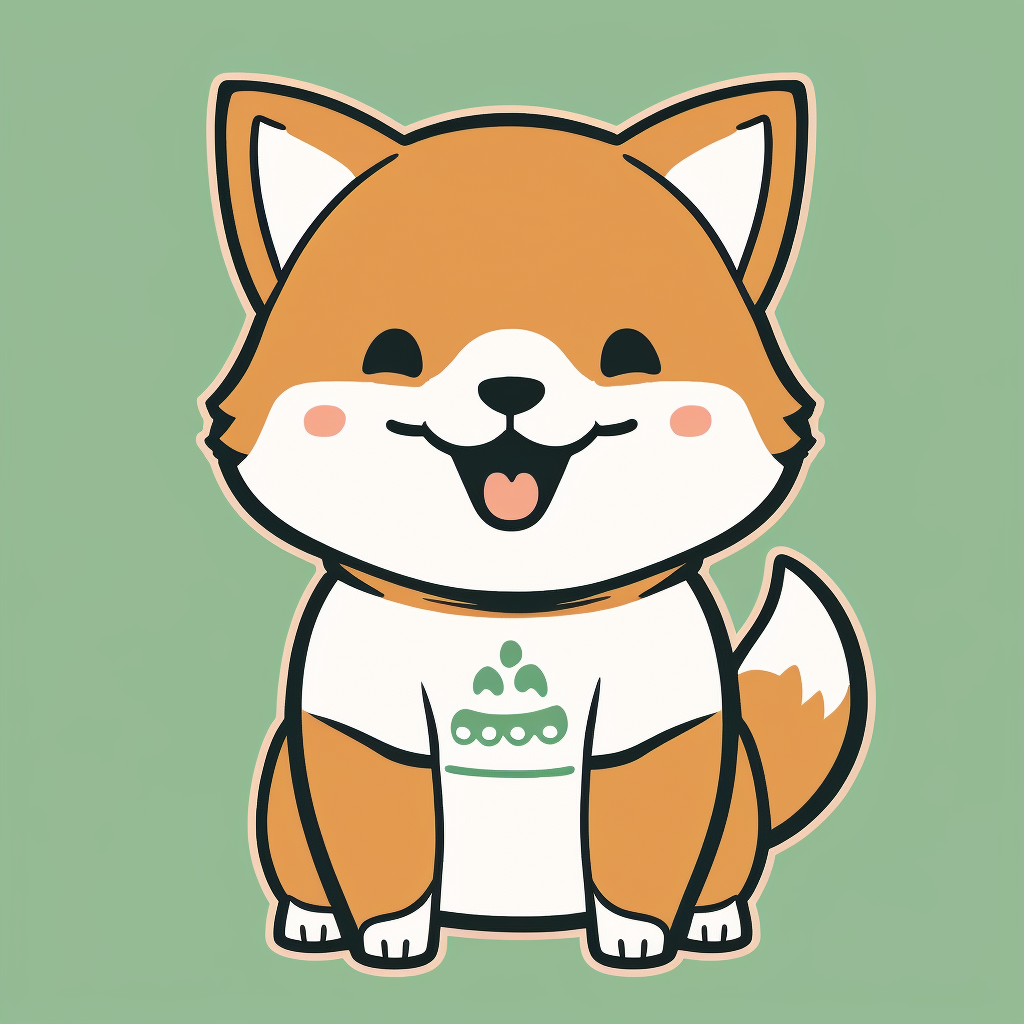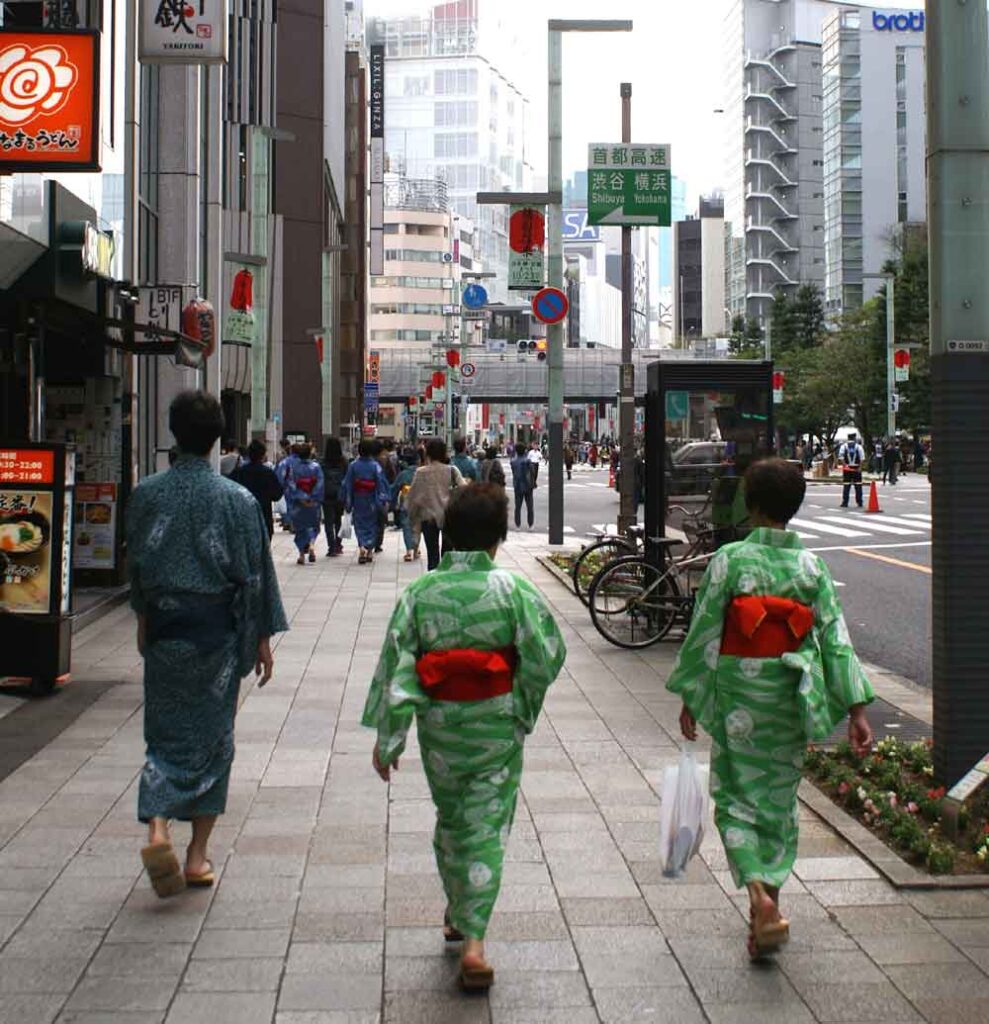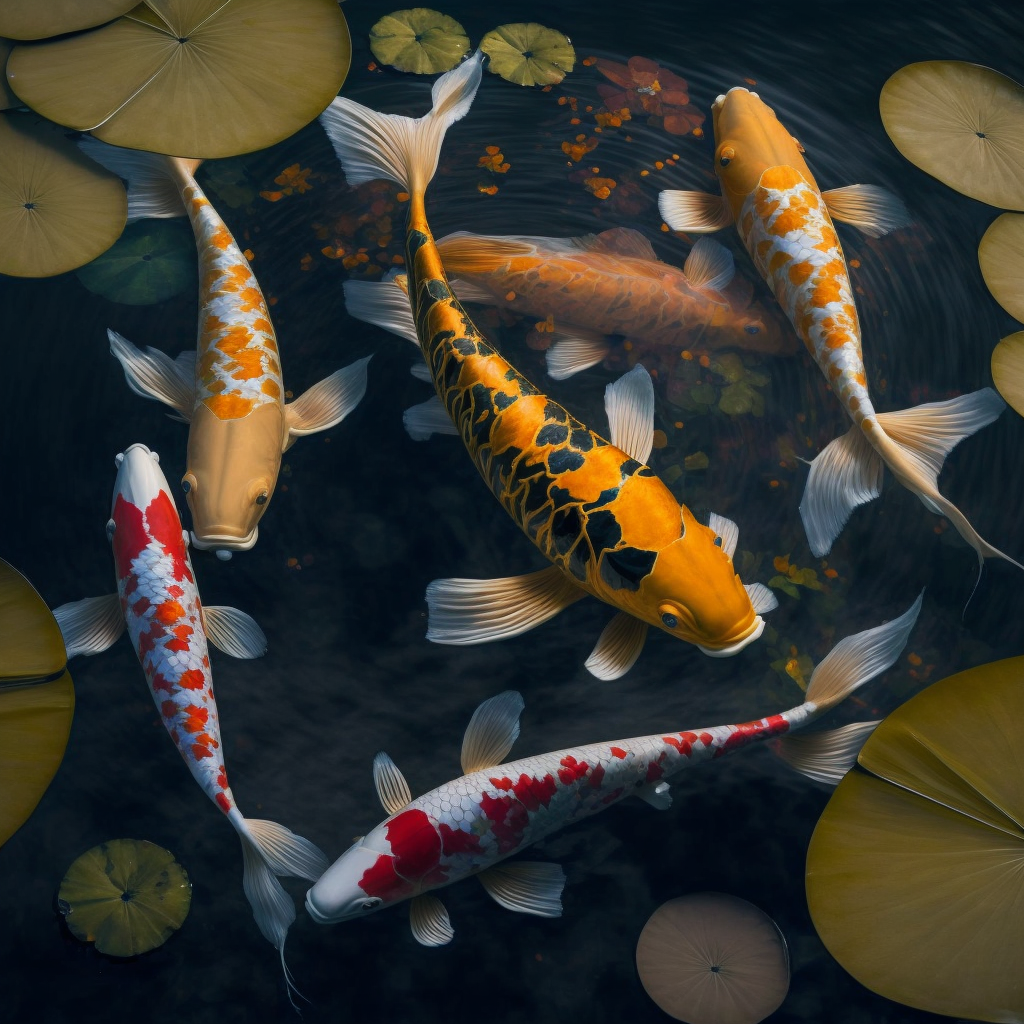Kawaii is a cultural phenomenon unique to Japan that has become an iconic symbol of Japanese pop culture worldwide. It is a Japanese term that means “cute” or “adorable” and is often used to describe characters or objects with cute features, such as large, round eyes, bouncy cheeks, bright colors, and playful patterns. In this article, we will explore the history, characteristics and impact of Kawaii on Japanese society and the world.
History of Kawaii:
Kawaii was born in Japan in the 1970s, a time of strong economic growth and rapid social change. Young Japanese people began to express themselves more creatively and adopt a freer lifestyle, seeking to break away from the traditional culture of the time. Kawaii became a way for them to express their individuality and to break away from social norms. The first manifestations of Kawaii were cartoons and comics featuring cute characters, such as Hello Kitty, created in 1974 by the Japanese company Sanrio.
Over the years, Kawaii has spread to all areas of popular culture, including music, fashion, food and consumer products. Today, Kawaii has become a central part of Japanese cultural identity and has become an important export for the fashion and entertainment industry.
Characteristics of Kawaii:
Kawaii is characterized by specific features that distinguish it from other aesthetic styles. First of all, Kawaii characters or objects have round and soft shapes, which gives them a childish and innocent appearance. They also have large eyes, which are often the most distinctive and expressive feature of the character. Bright colors and playful patterns are also common in Kawaii, which seek to evoke positive emotions in viewers.
The impact of Kawaii on Japanese society:
Kawaii has had a significant impact on Japanese society, especially on the younger generations. Kawaii has become a symbol of self-expression and freedom of expression, allowing young people to break free from traditional social norms and feel more comfortable in their own skin. Kawaii products are also very popular with young girls, who are often considered the biggest consumers of Kawaii products.
Kawaii has also had an impact on the Japanese fashion industry, which has become famous for its creative and colorful designs. Japanese fashion brands such as Liz Lisa and Swankiss have managed to make their mark in the international market with their unique and kawaii style.
Kawaii in the world:
Kawaii has become a global phenomenon thanks to the growing popularity of Japanese pop culture. Kawaii products have become popular souvenirs for tourists visiting Japan and are often exported to other countries. Kawaii characters such as Hello Kitty and Pikachu have become international icons and are recognized around the world.
Kawaii has also influenced global popular culture, including fashion and music. Many Western artists, such as Gwen Stefani and Katy Perry, have incorporated Kawaii elements into their performances and outfits.
However, some critics have pointed out that Kawaii can encourage a culture of prolonged childhood and excessive consumption, especially among young girls. They argue that the pressure to stay young and cute can be harmful to young girls’ mental health and self-esteem, especially when they are exposed to unrealistic standards of beauty.
Typical Japanese Kawaii characters
There are many popular Kawaii characters in Japan, but here are some iconic examples:
- Hello Kitty: a cartoon character created by Sanrio in 1974, representing a white cat with a red ribbon.
- Pikachu: a character from the Pokémon video game and anime series, which has become one of the most recognizable and popular characters in Kawaii culture.
- Totoro: a character created by the famous animation director Hayao Miyazaki, appearing in the film “Mon voisin Totoro”.
- Doraemon: a blue robot cat from the future, created by Fujiko F. Fujio and first appeared in 1969.
- Gudetama: a lazy egg character created by Sanrio in 2013, which quickly became popular in Japan and around the world.
- Rilakkuma: a lazy bear created by San-X in 2003, which has become very popular with children and adults.
- Pusheen: a cat created by artist Claire Belton, who became famous on the Internet for her adorable and humorous cartoons.
- Sumikko Gurashi: a group of characters created by San-X in 2012, representing kawaii creatures living in unusual places like a corner of the room.
- Kero Kero Keroppi: a frog created by Sanrio in 1988, which has become one of the most popular characters of the brand.
- Mameshiba: animal beans created by the Japanese company Dentsu, which have become very popular with children and adults for their cute appearance and fun personality.
These characters are often represented in the form of plushes, decorative objects, toys, clothing and many other products, which are widely marketed in Japan and other countries.



